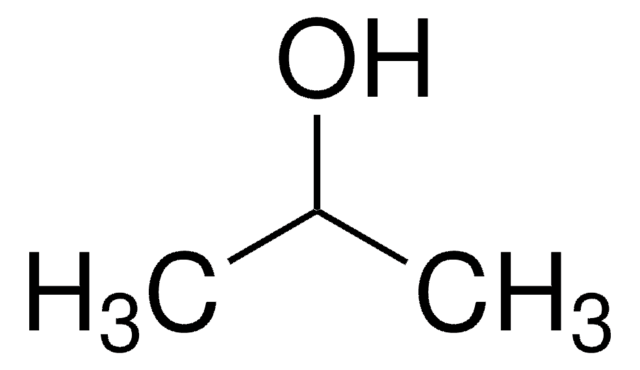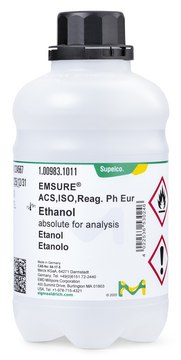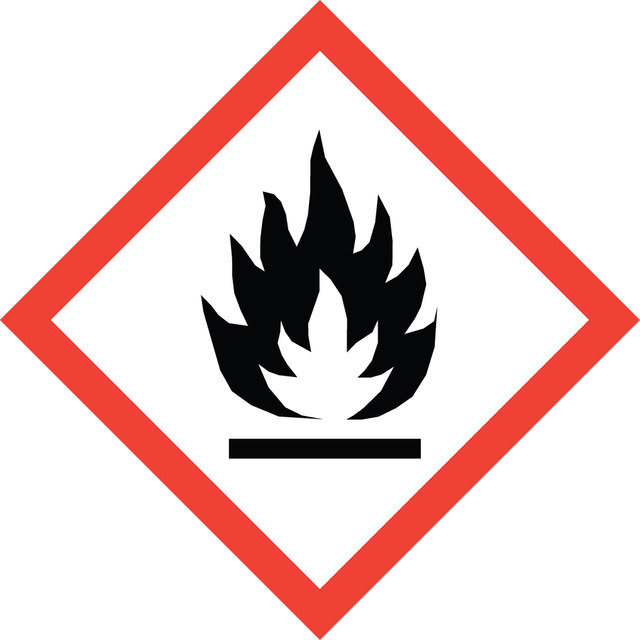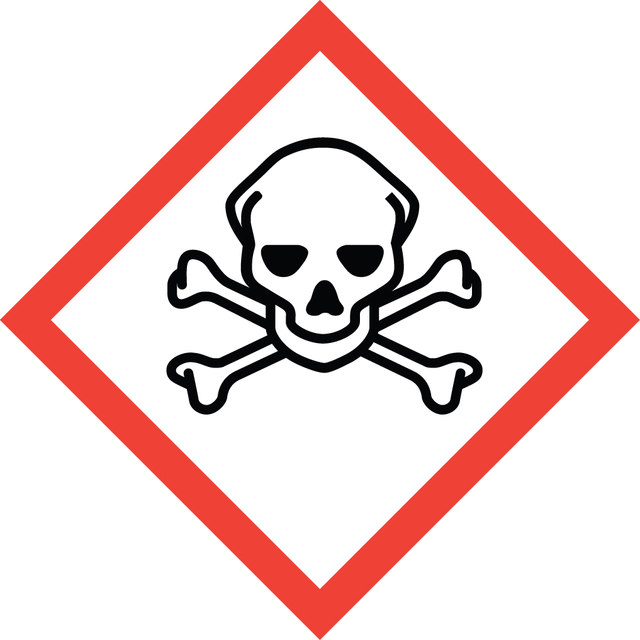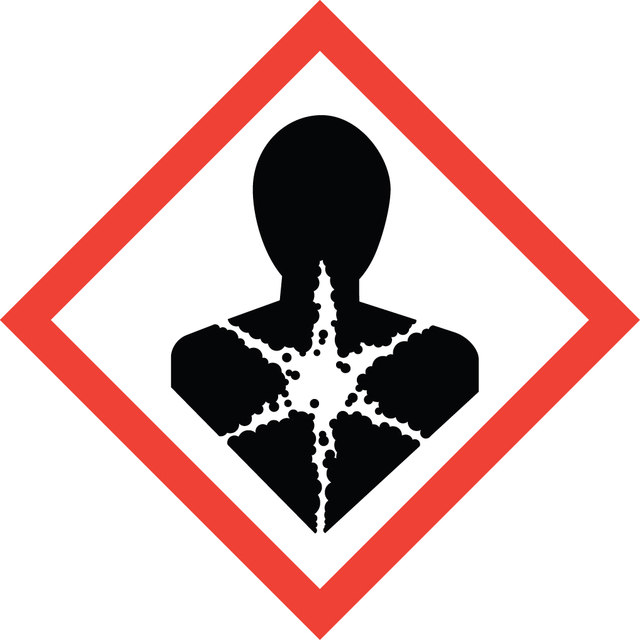494437
Methanol
≥99.93%, BioReagent
Synonym(s):
Methyl alcohol
Sign Into View Organizational & Contract Pricing
Select a Size
All Photos(1)
Select a Size
Change View
About This Item
Linear Formula:
CH3OH
CAS Number:
Molecular Weight:
32.04
Beilstein:
1098229
EC Number:
MDL number:
UNSPSC Code:
12352104
PubChem Substance ID:
NACRES:
NA.05
bp:
64.7 °C (lit.)
vapor pressure:
410 mmHg ( 50 °C)
97.68 mmHg ( 20 °C)
97.68 mmHg ( 20 °C)
Recommended Products
Product Name
Methanol, BioReagent, ≥99.93%
vapor density
1.11 (vs air)
Quality Level
vapor pressure
410 mmHg ( 50 °C)
97.68 mmHg ( 20 °C)
description
gradient analysis <= 0.005 254nm
product line
BioReagent
Assay
≥99.93%
form
liquid
autoignition temp.
725 °F
expl. lim.
36 %
Looking for similar products? Visit Product Comparison Guide
General description
Methanol (MeOH) is an organic solvent with a wide range of industrial applications. It is the main component of lithium batteries. It can be prepared by hydrogenation of CO2 under various conditions. Shape-selective zeolite-assisted transformation of methanol to C2-C10 hydrocarbons has been studied. MeOH is a toxic alcohol employed for denaturing ethyl alcohol. A study reports the preparation of biodiesel from canola oil using methanol under supercritical conditions. Low water content, minimal residue and clean UV spectra are the special characteristics of this solvent. It can be utilized for biotechnological processes like protein sequencing, peptide and oligonucleotide synthesis.
Application
Methanol has been used to fix resolved protein bands on sodium dodecyl sulfate-polyacrylamide gel electrophoresis (SDS-PAGE) gel.
Preparation Note
Product filtered through a 0.2 μm filter
Signal Word
Danger
Hazard Statements
Precautionary Statements
Hazard Classifications
Acute Tox. 3 Dermal - Acute Tox. 3 Inhalation - Acute Tox. 3 Oral - Flam. Liq. 2 - STOT SE 1
Target Organs
Eyes,Central nervous system
Storage Class Code
3 - Flammable liquids
WGK
WGK 2
Flash Point(F)
49.5 °F - closed cup
Flash Point(C)
9.7 °C - closed cup
Regulatory Information
危险化学品
Choose from one of the most recent versions:
Already Own This Product?
Find documentation for the products that you have recently purchased in the Document Library.
Methanol.
R Von Burg
Journal of applied toxicology : JAT, 14(4), 309-313 (1994-07-01)
Nomaan M Rezayee et al.
Journal of the American Chemical Society, 137(3), 1028-1031 (2015-01-17)
This Communication describes the hydrogenation of carbon dioxide to methanol via tandem catalysis with dimethylamine and a homogeneous ruthenium complex. Unlike previous examples with homogeneous catalysts, this CO2-to-CH3OH process proceeds under basic reaction conditions. The dimethylamine is proposed to play
Combining Low-Pressure CO2 Capture and Hydrogenation To Form Methanol.
Khusnutdinova JR, et al.
ACS Catalysis, 5(4), 2416-2422 (2015)
Hong Jiang et al.
Current protocols in chemical biology, 4(1), 19-34 (2012-11-29)
Poly(ADP-ribose) polymerases (PARPs) play important roles in various biological processes, including DNA repair, transcriptional regulation, mitosis, and RNA processing. PARP inhibitors are in clinical trials for treating human cancers. Understanding the biological function of PARPs will be important to fully
CO2 Hydrogenation to Methanol on Supported Au Catalysts under Moderate Reaction Conditions: Support and Particle Size Effects.
Hartadi Y, et al.
ChemSusChem, 8(3), 456-465 (2015)
Our team of scientists has experience in all areas of research including Life Science, Material Science, Chemical Synthesis, Chromatography, Analytical and many others.
Contact Technical Service
